By Jesse Oswald
•
January 13, 2025
Key points A total fat intake between 20-35% ensures sufficient intake of essential fatty acids and fat-soluble vitamins Omega-6 PUFAs are primarily found in vegetable oils, while omega-3 PUFAs are primarily found in fatty fish and fish oils Both omega-3 PUFAs and MUFAs have established benefits for cardiovascular disease TFAs are the only dietary lipids that have a strong positive relationship with cardiovascular disease Omega-3 PUFA supplementation increases the beneficial bacteria of the human microbiome Over the last three decades, there has been a great revolution against fat due to its suspected association with several nutritional health issues, especially cardiovascular disease. There was a tremendous amount of evidence that indicated dietary cholesterol and saturated fat as the main culprits of cardiovascular disease, thus morbidity and mortality. It was when all the low-fat and no-fat dairy products started to launch, promising even complete substitution of the cholesterol-lowering heart medication if these products were exclusively consumed. Let’s start from the beginning. Dietary fat intake can vary significantly and still meet energy and nutrient needs. International guidelines suggest a total fat intake between 20% and 35% of the daily caloric consumption. This range ensures sufficient intake of essential fatty acids and fat-soluble vitamins. Not only does the quantity of the ingested fat matter, but most importantly, its quality. Some dietary fats have beneficial effects, with a significant role in maintaining good health, while others may threaten it. Which are, after all, the dietary fats? Dietary fats is a rather heterogeneous group of organic compounds, including four main types of fat, which are elaborately described in the following sections of this article. Polyunsaturated fatty acids (PUFAs) Polyunsaturated fatty acids (PUFAs) have two or more carbon-carbon double bonds. Omega-6 PUFAs and omega-3 PUFAs are the main types of PUFAs and are classified according to the location of the first unsaturated bond (sixth and third carbon atom, respectively). Alpha-Linolenic acid (ALA), docosahexaenoic acid (DHA), docosapentaenoic acid (DPA), and eicosapentaenoic acid (EPA) are the most important omega-3 PUFAs. ALA is an essential fatty acid that can only be obtained from diet and can be converted into EPA and then to DHA, but the rate of this conversion is finite, approximately 7.0%–21% for EPA and 0.01%–1% for DHA. In the same way, the most important omega-6 PUFAs are linoleic acid (LA) and arachidonic acid (ARA). LA is an essential fatty acid that, in order to give rise to ARA, needs to be ingested through the diet as the human body cannot synthesize it. The recommended intake for total PUFA ranges between 5% and 10% of the total energy intake, while a total omega-3 PUFA intake of 0.5%–2% and a total omega-6 PUFA intake of 2.5%-5% is suggested. A dietary ratio of omega−6/omega−3 PUFA is recommended to be 1:1–2:1 to balance their competing roles and achieve health benefits. Omega-6 and omega-3 PUFAs Omega-6 PUFAs, in the form of LA, are plentiful in most crop seeds and vegetable oils, such as canola, soybean, corn, and sunflower oils. In contrast to omega-6 PUFAs, omega-3 PUFAs are obtained from a limited range of dietary sources. Flax, chia, and perilla seeds are rich in ALA, with significant amounts also detected in green leafy vegetables. The consumption of fatty fish, such as salmon, sardines, tuna, trout, and herring, provides high amounts of EPA and DHA. Besides fish and their oils, small amounts of omega-3 PUFAs are also detected in red meat like beef, lamb, and mutton. All the above dietary sources provide EPA, DPA, DHA, LA, and ARA in different amounts, and their intake is necessary for normal physiological function. PUFAs play a critical role in many chronic diseases, affecting human cells by regulating inflammation, immune response, and angiogenesis. Omega-3 PUFAs’ role against hypertriglyceridemia has been clarified, and research indicates that systematically consuming oily fish can contribute to general heart protection. Supplementation with omega-3 PUFAs could potentially lower the risk of several cardiovascular outcomes, but the evidence is stronger for individuals with established coronary heart disease. Moreover, adequate EPA and DHA levels are necessary for brain anatomy, metabolism, and function. Although the mechanisms underlying omega-3 PUFAs' cardioprotective effects are still poorly understood, several studies have been conducted in this direction. Unfortunately, that does not hold true for their omega-6 counterparts, for which controversial emerging data tend to show anti-inflammatory behavior that needs to be further studied. Monounsaturated fatty acids (MUFAs) In contrast to PUFAs, monounsaturated fatty acids (MUFAs) are easily produced by the liver in response to the ingestion of carbohydrates. The main MUFA is oleic acid, found in plant sources, such as olive oil, olives, avocado, nuts, and seeds, while minimal amounts are also present in meat, eggs, and dairy products. Specific guidelines around MUFAs’ dietary consumption do not exist. Therefore, MUFAs are recommended to cover the remaining fat intake requirements to reach the total daily fat intake goal. A growing body of research shows that dietary MUFAs reduce or prevent the risk of metabolic syndrome, cardiovascular disease (CVD), and hypertension by positively affecting insulin sensitivity, blood lipid levels, and blood pressure, respectively. Moreover, olive oil contains several bioactive substances, possessing anti-tumor, anti-inflammatory, and antioxidant qualities. According to a meta-analysis, consuming olive oil was linked to a lower risk of developing any sort of cancer, especially breast cancer and cancer of the digestive system. Another study found that an isocaloric replacement of 5% of the energy from saturated fatty acids (SFAs) with plant MUFAs led to an 11% drop in cancer mortality over a 16-year follow-up period. Therefore, including MUFAs in the everyday diet offers multifaceted benefits in chronic disease prevention and management, including cancer and general health promotion. Saturated fatty acids (SFAs) Saturated fatty acids (SFAs) form a heterogeneous group of fatty acids that contain only carbon-to-carbon single bonds. Whole-fat dairy, (unprocessed) red meat, milk chocolate, coconut, and palm kernel oil are all SFA-rich foods. These fatty acids have distinct physical and chemical profiles and varying effects on serum lipids and lipoproteins. Stearic, palmitic, myristic, and lauric acids are the principal SFAs found in most natural human diets. Dietary practice and guidelines recommend limiting SFA intake to <10% of the total energy (E%), while the American Heart Association suggests an even lower intake of <7 E% because total saturated fat consumption and LDL-C levels are positively correlated. However, the role of SFAs in CVDs is quite complex, and the evidence is heterogeneous. In a recent study with a 10.6-year follow-up period, which included 195,658 participants, there was no proof that consuming SFAs was linked to developing CVD while replacing saturated fat with polyunsaturated fat was linked to an increased risk of CVD. Moreover, according to 6 systematic reviews and meta-analyses, cardiovascular outcomes and total mortality were not significantly impacted by substituting saturated fat with polyunsaturated fat. Even if these analyses were to be challenged, due to heterogenous evidence, the possible reduction in CVD risk associated with replacing SFAs with PUFAs in several studies may not necessarily be an outcome of SFAs’ negative effect but rather a potential positive benefit of PUFAs. Regarding SFAs' effect on different types of cancers, associations of their intake with an increased risk of prostate and breast cancer have been indicated. Conversely, a meta-analysis showed no link between SFA intake and a higher risk of colon cancer; similarly, consuming MUFAs, PUFAs, or total fat did not affect colon cancer risk. Hence, the role of SFA consumption in preventing, promoting, or having a neutral role in serious chronic diseases has not been fully elucidated yet. Trans fatty acids (TFAs) Trans fatty acids (TFAs) are created industrially by partially hydrogenating liquid plant oils or can be naturally derived from ruminant-based meat and dairy products. TFAs are highly found in commercial baked goods, biscuits, cakes, fried foods, etc. Guidelines regarding TFAs are stringent and limit TFA intake to <1% of energy or as low as possible. In 2015, the US Food and Drug Administration declared that industrial TFAs are no longer generally recognized as safe and should be eliminated from the food supply as their consumption is strongly linked to various CVD risk factors. Specifically, TFA intake raises triglycerides and increases inflammation, endothelial dysfunction, and hepatic fat synthesis, leading to a significantly increased risk of coronary heart disease (CHD). A meta-analysis suggested that increased TFA intake led to an increase in total and LDL-cholesterol and a decrease in HDL-cholesterol concentrations. Data also indicates that TFAs may influence carcinogenesis through inflammatory pathways, but the reported data are debatable. A recent study investigated the effects of all types of dietary fat intake on CVD risk. While PUFA, MUFA, and SFA intake were not linked to higher CVD risk, dietary TFA intake showed a strong association with CVD risk. Analysis indicated PUFA intake and CVD risk were inversely correlated, and the relative risk of CVD was reduced by 5% in studies with a 10-year follow-up. Dietary lipids and the human microbiome Dietary lipids also affect human microbiota composition. Studies have identified a close association between the human microbiome and metabolic diseases, including obesity and type 2 diabetes. Diets with a high omega-6 PUFA, SFA, and TFA intake increase the amount of many detrimental bacteria in the microbiome and reduce the amount of the beneficial ones, altering the microbiota composition and inducing inflammation via the secretion of pro-inflammatory cytokines. These bacteria may disrupt the gut barrier function, allowing lipopolysaccharides (LPS) translocation, which are bacterial toxins. This condition is linked to metabolic perturbations such as dyslipidemia, insulin resistance, non-alcoholic fatty liver disease (NAFLD), and CVD. On the contrary, omega-3 PUFA (EPA and DHA) supplementation increases beneficial bacteria and limits harmful ones, enhancing intestinal barrier functioning and preventing LPS translocation and its implications. Omega-3 PUFA supplementation has also been studied as a means of mental health disorders management, but the evidence is still controversial. A possible protective impact of fish consumption on depression has been suggested by various studies, as well as a possible protective effect of dietary PUFAs on moderate cognitive impairment. A recent review of meta-analyses indicated that omega-3 PUFA supplementation might have potential value in mental health disorders, but data credibility is still weak. Dietary lipids and obesity Last but not least, obesity and its management is another field that dietary lipids intake seems to impact with their mechanisms. A diet high in PUFA has been shown to lower the total mass of subcutaneous white adipose tissue (the predominant fat type in human bodies), reduce blood lipid levels, and improve insulin sensitivity. In a study comparing PUFA and MUFA isocaloric intake, PUFA was more advantageous and lowered visceral adiposity in patients with central obesity. By stimulating brown adipose tissue, which aids energy expenditure through its elevated thermogenic activity, omega-3 PUFAs seem to elicit these positive effects in fat tissue, thus being useful in preventing and/or managing obesity. Another related study compared PUFA to SFA overfeeding in dietary surplus conditions that aimed to increase weight by 3%. While SFA overfeeding led to weight gain, primarily through the expansion of the visceral adipose tissue, PUFA overfeeding also led to weight gain, but because of a greater expansion of lean tissue mass. To sum up, dietary fats are an essential part of the human diet with many important physiologic functions, including cell function, hormone production, energy, and nutrient absorption. Moreover, dietary fat consumption is associated with positive outcomes in regard to cardiovascular disease, metabolic syndrome, cancer, and depression. Therefore, there is no reason to demonize this valuable dietary component, incriminating it for irrelevant adverse health outcomes, primarily weight loss failure and obesity. References 1. Astrup A, Magkos F, Bier DM, Brenna JT, de Oliveira Otto MC, Hill JO, King JC, Mente A, Ordovas JM, Volek JS, Yusuf S, Krauss RM. Saturated fats and health: A reassessment and proposal for food-based recommendations: JACC State-of-the-Art review. J Am Coll Cardiol. 2020;76(7):844-857. DOI: 10.1016/j.jacc.2020.05.077 2. Bojková B, Winklewski PJ, Wszedybyl-Winlewska M. Dietary fat and cancer-Which is good, which is bad, and the body of evidence. Int J Mol Sci. 2020;21(11):4114. DOI: 10.3390/ijms21114114 3. Custers, Emma EM, Kiliaan, Amanda J. Dietary lipids from body to brain. Prog Lipid Res. 2022;85:101144. DOI: 10.1016/j.plipres.2021.101144 4. de Souza RJ, Mente A, Maroleanu A, Cozma AI, Ha V, Kishibe T, Uleryk E, Budylowski P, Schünemann H, Beyene J, Anand SS. Intake of saturated and trans unsaturated fatty acids and risk of all cause mortality, cardiovascular disease, and type 2 diabetes: systematic review and meta-analysis of observational studies. BMJ. 2015;351:h3978. DOI: 10.1136/bmj.h3978 5. Gao X, Su X, Han X, Wen X, Cheng C, Zhang S, Li W, Cai J, Zheng L, Ma J, Liao M, Ni W, Liu T, Liu D, Ma W, Han S, Zhu S, Ye Y, Zeng F-F. Unsaturated fatty acids in mental disorders: An umbrella review of meta-analyses. Adv Nutr. 2022;13(6):2217-2236. DOI: 10.1093/advances/nmac084 6. Liu AG, Ford NA, Hu FB, Zelman KM, Mozaffarian D, Kris-Etherton PM. A healthy approach to dietary fats: understanding the science and taking action to reduce consumer confusion. Nutr J. 2017;16(1):53. DOI: 10.1186/s12937-017-0271-4 7. Poli A, Agostoni C, Visioli F. Dietary fatty acids and inflammation: Focus on the n-6 series. Int J Mol Sci. 2023;24(5):4567. DOI: 10.3390/ijms24054567 8. Saini RK, Keum Y-S. Omega-3 and omega-6 polyunsaturated fatty acids: Dietary sources, metabolism, and significance-A review. Life Sci. 2018;203:255-267. DOI: 10.1016/j.lfs.2018.04.049 9. Saini RK, Prasad P, Sreedhar RV, Naidu KA, Shang X, Keum Y-S. Omega-3 polyunsaturated fatty acids (PUFAS): Emerging plant and microbial sources, oxidative stability, bioavailability, and health benefits-A review. Antioxidants (Basel). 2021;10(10):1627. DOI: 10.3390/antiox10101627 10. Zhao M, Chiriboga D, Olendzki B, Xie B, Li Y, McGonigal LJ, Maldonado-Contreras A, Ma Y. Substantial increase in compliance with saturated fatty acid intake recommendations after one year following the American Heart Association diet. Nutrients. 2018;10(10):1486. DOI: 10.3390/nu10101486 11. Zhu Y, Bo Y, Liu Y. Dietary total fat, fatty acids intake, and risk of cardiovascular disease: a dose-response meta-analysis of cohort studies. Lipids Health Dis. 2019;18:91. DOI: 10.1186/s12944-019-1035-2





